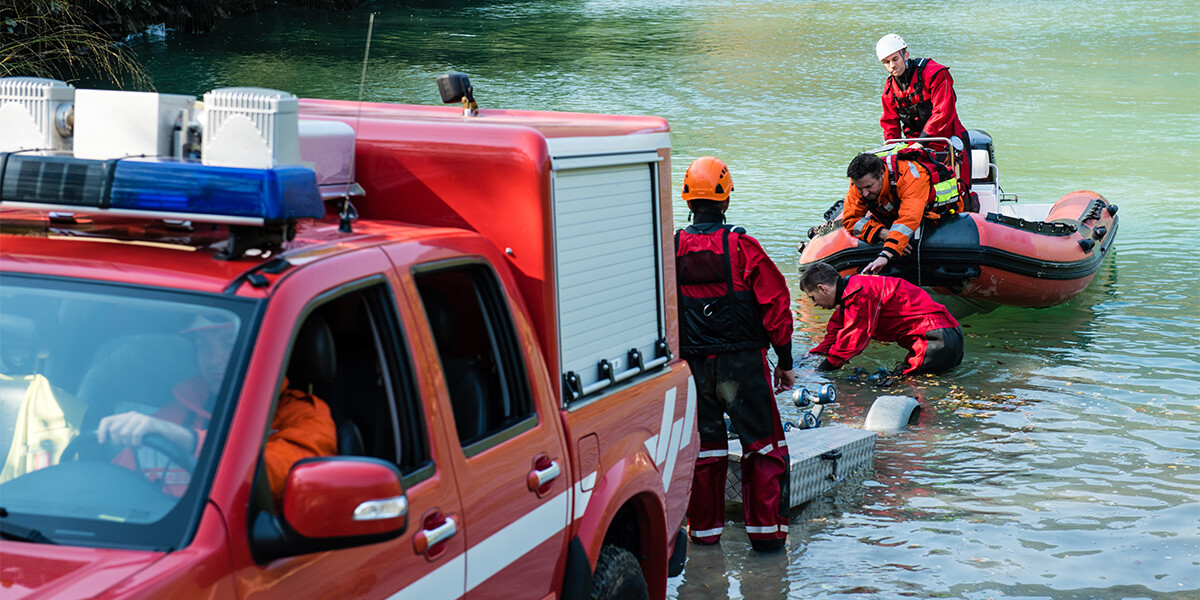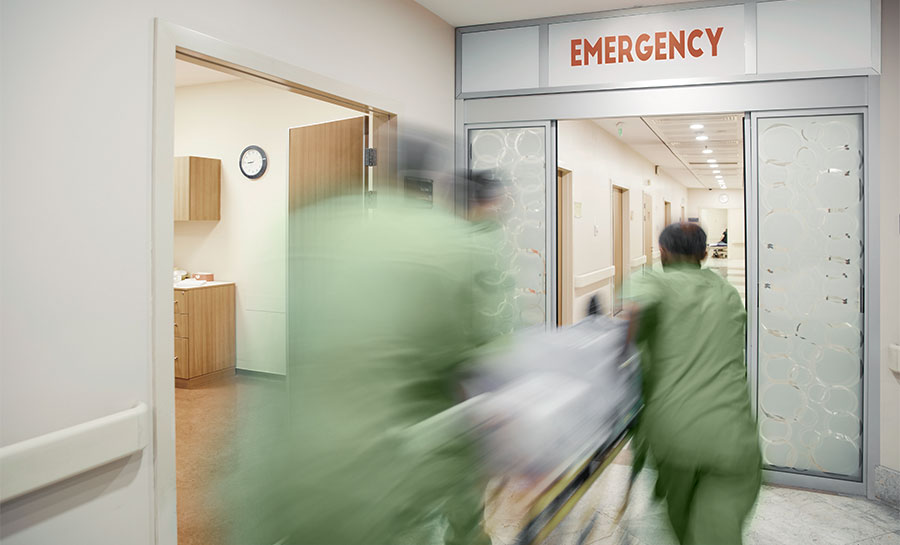
Staying Prepared for Hurricane Season With the Right Healthcare Technology Solutions
 5 min
5 min
The potential for complex emergencies that impact public health and healthcare delivery have continued to increase in recent years, with a heightened sense of urgency in the face of inevitable threats such as weather events. Now in the midst of hurricane season, emergency management officials are tasked with the critical mission of hurricane disaster preparedness.
Changes in hurricane weather patterns and an increase in storm intensity require innovative approaches including the use of technology to support proper management of healthcare resources when weather-related disasters strike. Without reliable data, emergency management agencies are at risk of limiting their ability to respond quickly and effectively to the unpredictable nature of hurricane-related emergencies.
A Change in Hurricane Season Means a Change in Preparation
The Atlantic hurricane season typically spans from June 1- November 30, with an average of 14 named storms, seven total hurricanes, with three of those labeled as major hurricanes (Category 3, 4, or 5). This year, the National Oceanic and Atmospheric Administration (NOAA) is predicting an above-average Atlantic hurricane season, with 17-25 named storms, 8-13 total hurricanes, and 4-7 of those labeled as major hurricanes.
In addition, scientists are sounding the alarm on the increased possibility of back-to-back hurricanes striking in coming seasons. Even one destructive storm is enough to strain existing emergency response infrastructure.
Emergency management officials need access to real-time, comprehensive data both for healthcare histories and to track those with healthcare needs during natural disasters. Without the right technology in place ahead of such disasters, patients who are displaced are at risk of adverse health outcomes and may not be able to easily reunite with their families or caregivers.
Care Coordination Challenges During a Disaster
The U.S. Department of Health and Human Services (HHS) has reviewed previous hurricanes and highlighted common challenges that must be mitigated prior to a disaster. They include:
- Patients being separated from their routine healthcare providers and medical records due to information technology systems damage, physical barriers, access issues, power disruptions, or other impacts
- Family reunification and locating patients (especially if patients must be relocated more than once, as is possible in back-to-back weather incidents)
- Staff safety and fatigue (exacerbated by lack of insight into patient risks, and time spent searching for information that is not readily available)
- Lack of access to specialty medical care (such as dialysis) or medications for chronic conditions (this can be exacerbated by lack of access to medication records)
Even relatively weak hurricanes place a majority of coastal hospitals at risk for evacuation, displacing patients.
The Critical Need for Robust Emergency Planning
During Hurricane Maria in 2017, lack of insights and data caused glaring gaps in the healthcare response in Puerto Rico. Even before Hurricane Maria occurred, just two weeks prior Hurricane Irma forced patients to relocate to Puerto Rico for care. A cohort of dialysis patients posed numerous challenges for healthcare staff who lacked access to their complete treatment records. Subsequently, the status of as many as 200 of these patients remains unknown due to poor tracking of patient information.
Following the disaster, the health system infrastructure struggled to recover; Wendy Matos, PhD, MPHE, Executive Director of the Faculty Practice Plan for the University of Puerto Rico Medical Sciences Campus stated that, “Hurricane Maria dramatically affected health, mortality and access to care in Puerto Rico. Since Maria, we have lost track of tens of thousands of patients.”
Correcting Data Gaps During Disasters With PULSE
PointClickCare’s PULSE Enterprise solutions, including Patient Search, Emergency Census, and Missing Persons, are optimized for the unique demands of field conditions to reduce burden on providers, support high-quality care for patients, and accelerate the return to routine care.
Secure access to patient health information is available through data networks that cover more than 75% of hospitals, 80% of pharmacies, 77% of dialysis centers, and several federal agencies, including the Department of Veterans Affairs and the Department of Defense.
By providing a mechanism for checking people in and out of shelters, healthcare providers can maintain visibility of patients they may be routinely monitoring when those individuals present at alternate care sites.
These check-ins can be connected to an underlying care collaboration network, which can alert providers and be easily searched to identify if missing or displaced individuals such as dialysis or home health patients have been admitted to a hospital, emergency department, or alternate care site.
These tools are an essential part of meeting the CMS Emergency Preparedness Requirements for Medicare and Medicaid Participating Providers and Suppliers rule, which established the capabilities healthcare organizations should have at the ready for disaster management.
To learn more about emergency preparedness and response programs in your state, read our PULSE eBook today.





